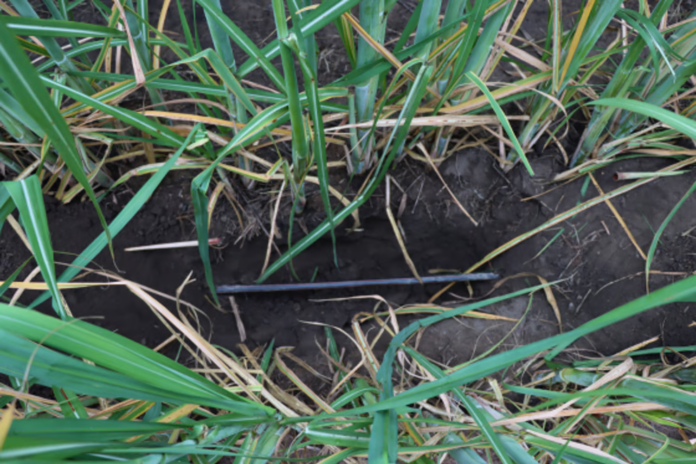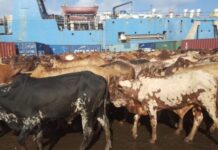As water scarcity and rising input costs increasingly squeeze the margins of South African farmers, a growing number of sugarcane growers are embracing drip irrigation as a game-changing solution.
This technology—once considered too sophisticated or costly for large-scale application in field crops—is proving its worth in the country’s sugar belt, saving water, energy, and labour while boosting yields.
For decades, sugarcane farming has relied heavily on flood and overhead irrigation systems, which are not only water-intensive but also energy-hungry.
With erratic rainfall and dwindling water reserves becoming the norm, these traditional methods are no longer viable. Drip irrigation, by contrast, delivers water and nutrients directly to the plant root zone with pinpoint accuracy, significantly reducing waste.
According to a recent report by Netafim South Africa, a leading provider of precision irrigation systems, farmers using drip irrigation systems are reporting dramatic reductions in water usage compared to conventional methods. “The savings on water and electricity are huge,” says Wilhelm Harris from Vriendschap Boerdery near Heatonville, a grower cited in the report noting that drip systems use lower pressure and therefore require less pumping power, cutting down electricity bills substantially.
Netafim has been instrumental in rolling out drip irrigation projects across sugarcane fields in KwaZulu-Natal and Mpumalanga. The company reports that farms using its systems not only save water and power but also experience measurable reductions in labour costs. Because drip irrigation can be automated and precisely timed, it reduces the need for field workers to move pipes or manage pumps manually—an important factor as labour availability continues to decline and wages rise.
One standout case is a sugarcane farm in KwaZulu-Natal that adopted subsurface drip irrigation. The farm reduced its water consumption by 40%, electricity use by 30%, and labour input by nearly half. Moreover, it achieved a 25% increase in cane yield. These figures reflect a broader trend: smart irrigation is no longer just about sustainability—it’s about profitability and resilience.
Beyond efficiency, drip systems also improve crop health and uniformity. By maintaining optimal soil moisture and delivering soluble fertilisers directly to the root zone, growers can achieve more consistent crop development and better resistance to stress, especially in drought-prone regions.
Admittedly, the upfront cost of installing drip systems—especially over hundreds of hectares—is significant. But as Netafim’s experience shows, the return on investment is typically realized within two to three years, thanks to input savings and yield gains. Plus, with increasing pressure on water licenses and environmental compliance, adopting efficient irrigation technologies is rapidly becoming a strategic necessity.
According to Charl du Plessis of Multi Direct Investments, drip irrigation allows for greater control over irrigation scheduling and fertiliser application, which in turn optimizes plant growth and resource use. This is in light to how automated systems help reduce human error, improve consistency, and cut labour needs.
“Despite the high upfront investment, the long-term benefits in terms of cost savings and improved yields make drip systems an increasingly attractive option,” he said.
As South Africa’s sugar industry strives to remain competitive in a global market and adapt to a changing climate, drip irrigation is emerging as a vital tool. It offers a practical path to sustainability—one that conserves natural resources while enabling growers to do more with less. For many in the sugarcane sector, the drip revolution has already begun.








